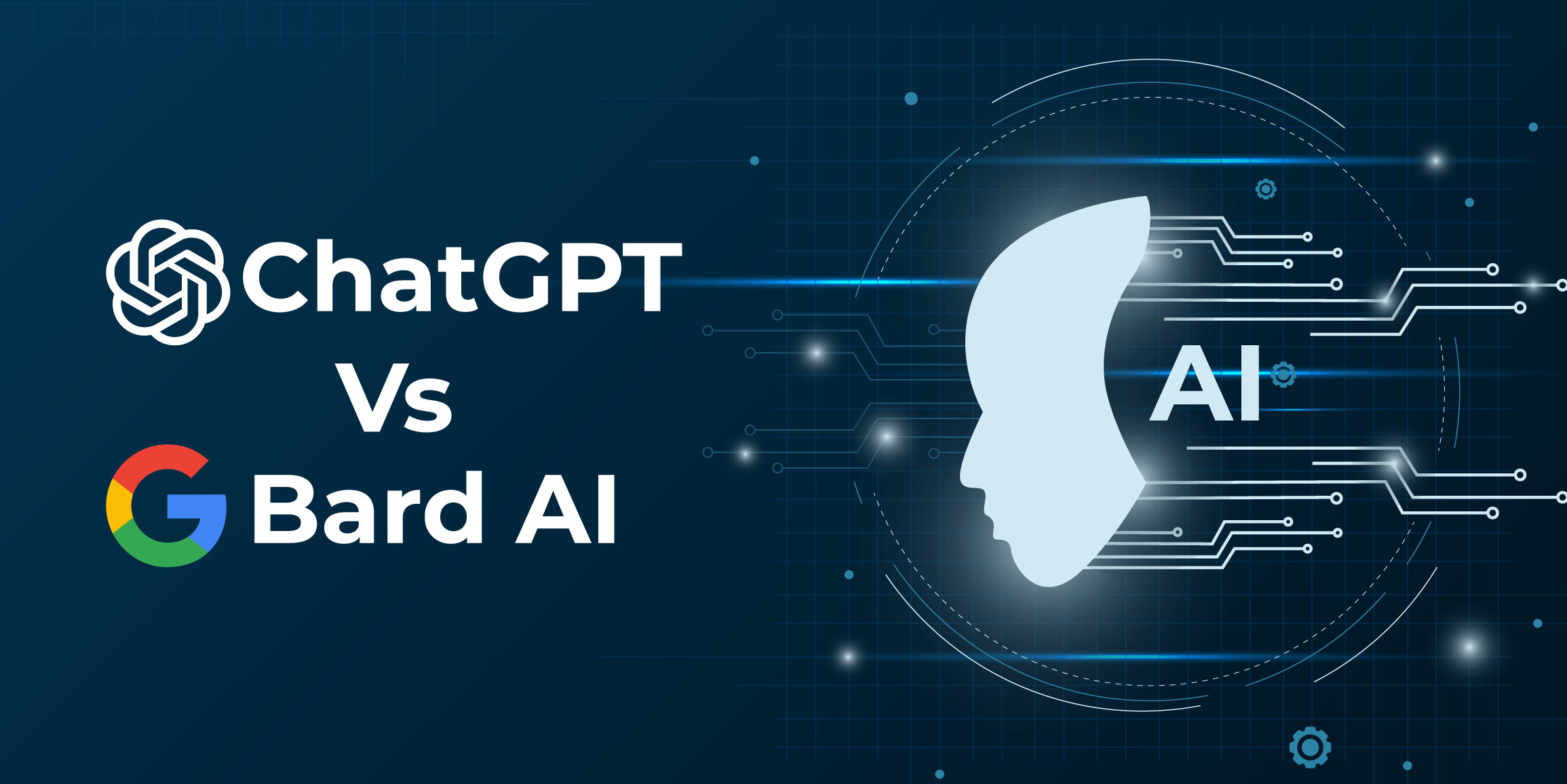
ChatGPT vs BARD: A Comparison of AI-Language Models
In the realm of artificial intelligence, language models have emerged as transformative tools capable of understanding and generating human-like text. Among these advanced AI models, ChatGPT and BARD have gained significant traction, each offering unique capabilities and strengths. This comprehensive comparison delves into the key distinctions between ChatGPT and BARD, guiding you in selecting the most suitable model for your specific needs.
Introduction to ChatGPT vs BARD
Artificial Intelligence (AI) language models have become an integral part of our daily lives, whether we realize it or not. These models have become increasingly advanced in recent years, leading to the development of chatbots that can converse with humans in a natural-sounding manner. ChatGPT and BARD are two such language models that have gained popularity in the AI community. In this article, we’ll compare ChatGPT and BARD and discuss their differences.
ChatGPT vs BARD Language Models Empowered by AI
In the ever-evolving landscape of artificial intelligence (AI), language models have emerged as transformative tools, capable of understanding, generating, and manipulating human-like text. These sophisticated AI models have revolutionized various industries, from customer service to creative writing, and continue to expand their reach into our daily lives.
Among the plethora of AI language models, ChatGPT and BARD have garnered significant attention, each offering unique capabilities and strengths. While both models share the common goal of processing and generating human language, their approaches and applications differ significantly. This comprehensive comparison delves into the key distinctions between ChatGPT and BARD, guiding you in selecting the most suitable model for your specific needs.
What is ChatGPT?
ChatGPT is a language model developed by OpenAI. It is based on the GPT-3 architecture, which is known for its high accuracy in natural language processing. ChatGPT is trained on a massive amount of data and can generate human-like responses to text-based conversations. It can perform various tasks, such as answering questions, summarizing text, and generating creative writing.
What is BARD?
BARD, or Bayesian Augmented Retrieval-based Dialogue, is a language model developed by Google. Unlike ChatGPT, BARD is not a generative model, meaning it does not generate text. Instead, it retrieves pre-existing text from a database of conversations and responses. BARD uses a Bayesian approach to retrieve the most relevant response to a given conversation.
Comparison of ChatGPT vs BARD
Generative vs. Retrieval-based: The primary difference between ChatGPT and BARD is their approach to generating responses. ChatGPT is a generative model, while BARD is a retrieval-based model.
Training Data : ChatGPT is trained on a vast amount of data, making it highly accurate in generating human-like responses. BARD, on the other hand, relies on pre-existing conversations, limiting its ability to generate new responses.
Flexibility: ChatGPT is highly flexible and can perform various tasks, from answering questions to creative writing. BARD, on the other hand, is limited to retrieving pre-existing responses.
Naturalness: ChatGPT generates responses that sound more natural, while BARD’s responses may not always sound as natural since they are retrieved from pre-existing conversations.
Which is Better?
The answer to this question depends on the intended use case. If the goal is to generate new responses that sound human-like, ChatGPT is the better option. On the other hand, if the goal is to retrieve pre-existing responses, BARD is the better option.
Conclusion
ChatGPT and BARD are two popular AI language models that have distinct differences. ChatGPT is a generative model that can generate human-like responses to text-based conversations, while BARD is a retrieval-based model that retrieves pre-existing responses from a database of conversations. The choice between the two depends on the intended use case, as each model has its strengths and weaknesses. By understanding these distinctions, you can effectively select the AI language model that best aligns with your specific needs.



0 Comments